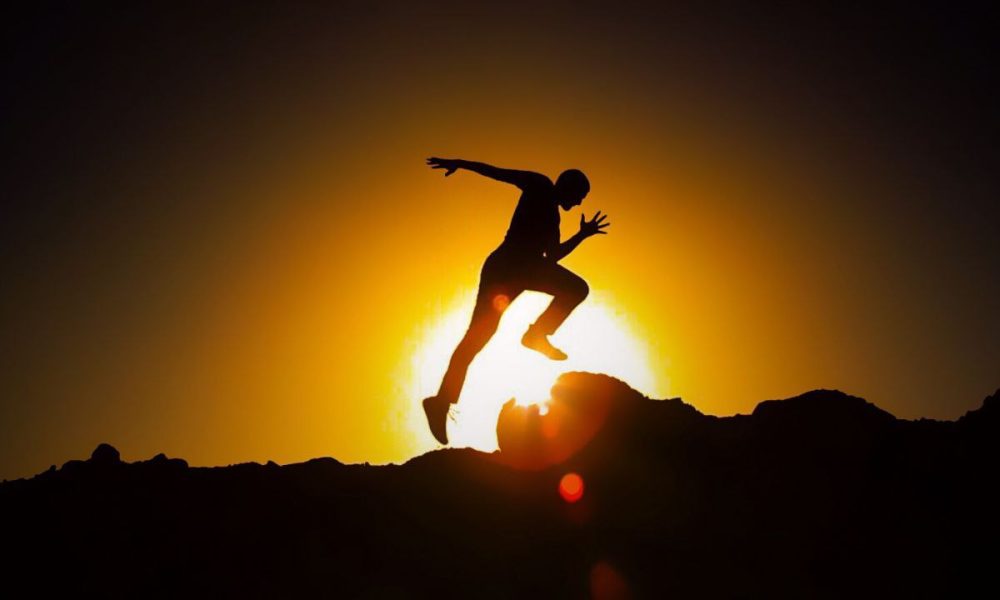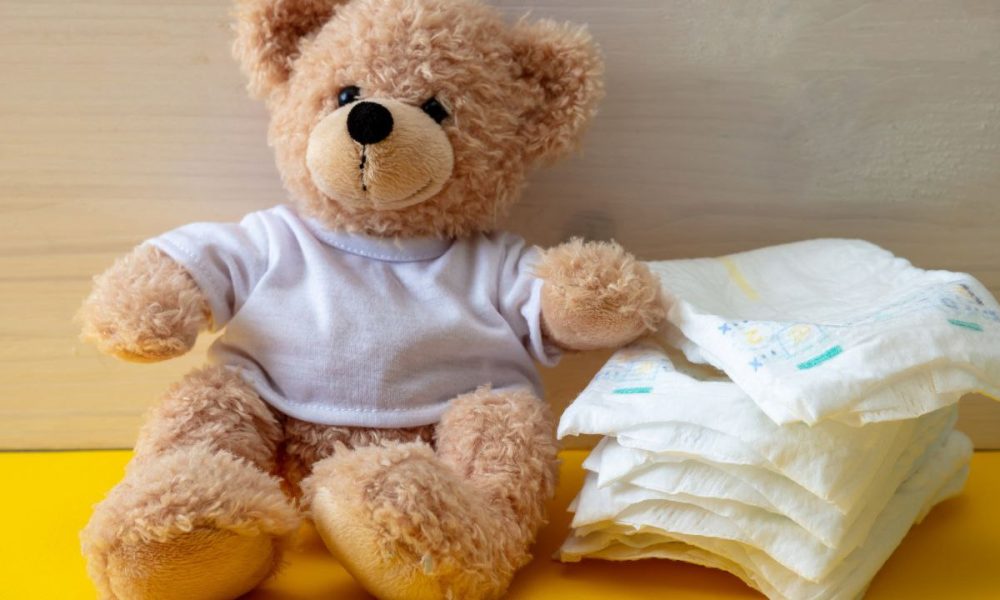Raise your hand if you’re dealing with stress? I know I am. It’s inevitable. But let’s take a moment to realize that the majority of the stresses that many of us encounter come from nothing more than a deadline, a thought, an idea, or a concept that lingers in our mind like a friend who just can’t leave the party, even after you’ve said a dozen times, “Wow, it’s getting late.” When we overcome these psychological stresses, more often than not we tend to think, “Well, that wasn’t so bad”, and then build a sense of resilience from that stress. However, what happens when you take an individual who tackles the majority of their stress psychologically, and you put them under physical stress? Short answer: chronic and acute injuries.
Over the past ten years, I have worked as a personal trainer, mentoring over 500 clients. I’ve trained people from age 10, all the way to 84 years old. I’ve trained very wealthy people, as well as those who are not financially stable. I’ve trained healthy individuals, as well as those with a laundry list of physical, psychological and spiritual setbacks. My point is that I’ve observed and experienced the spectrum.
The clients that resolve their stress predominantly in the mind are what I call “heady clients”; and when they come to me with their goals and a “Let’s crush!” attitude, it becomes immediately evident how distant that mindset resonates with their body and spirit. Holding their breath till their face turns red, hands vehemently flailing, cursing to themselves… and me, facial expressions that mimic someone being tortured to death, grunts and squeals that seem superfluous, counting out loud, disregarding any cadence that resembles a ticking clock. I could
write a book on all the different reactions. When I ask them, “Where did you feel the tension (stress)?”, most of them either respond not knowing, or somewhere in which they hold prior tension and/or prior injury. This is why “no pain, no gain” and, “rub some dirt on it” is detrimental to those who lack the mind, body, spirit connection under stress. What also doesn’t help is the deception of weight-loss programs, and the new “fad diet” that celebrities and social media personalities push on the everyday man and woman. If you followed P90X, Insanity, or the 300 workout, you’re in this category too. In a nutshell, the outcome of these interactions becomes simple and back to the basics. Reconnect the mind, body, and spirit (breath)– The present moment.
Before I go into the HOW we can hone physical stress, I want to explain WHY we need physical stress for longevity. Let me break it down like this. We all have a central nervous system (CNS) and peripheral nervous system (PNS). A part of the PNS is the autonomic nervous system (ANS), which “involuntarily” (We’ll come back to this shortly) regulates bodily functions (heart rate, respiratory rate, sexual arousal, digestion, pupillary response, etc.) This is also where we hear people discuss “Fight, flight, freeze, or relax”, based on an individual’s response to internal or external stress. This can be broken down into two categories. One being the sympathetic nervous system (SNS)– i.e You running out to save your animal that’s being attacked by a predator; and the second one being the parasympathetic nervous system (PSNS)– i.e watching a beautiful sunset or a sunrise with your family. So, any stress, or what I call stimulus, that excites the body will then send a signal to either the SNS or the PSNS. Now, as much as these responses seem “involuntary”, we in fact have more control over them and the outcomes we desire; and when we have control over our response to stresses, we are then able to guide our body’s systems to a more homeostatic condition under a greater amount of stress, as well as a quicker recovery: Resiliency. To sum this up, resiliency comes from one’s ability to handle stress (before, during, and after), which in turn generates longevity.
Now let’s discuss HOW we can hone this physical stress. Knowing that stimulus excites the SNS or PSNS, I start by having clients lay on their back, asking them to just breathe for two minutes, and to put their attention to that breath the whole time. This gives clients permission to reconnect with their heartbeat, the present moment. Like any other activity, the more times you do it, the stronger those neurological connections become and the easier it is to find yourself back to that place. From there, I put them through some yoga-like patterns in order to move and breathe out any lingering tension. We immediately follow with some sort of isometric (holding) move, i.e a plank, lunge, hanging from a pull up bar, holding heavy kettlebells, standing on one leg, etc. This is to create an influx of internal/external stress, and allow them to breathe through that tension for as long as possible. This increases their SNS response (fight, flight, or freeze). However, when they control their breathing and allow their attention to stay on a specific point, a specific muscle, or specifically their breath, the rate of their SNS response drastically decreases allowing them to handle their reaction to the stress for a longer period of time. We go for as long as they possibly can and when they are done, we emphasize coming out of the stress with a calm, collected breath to the best of their ability. This is in order to allow the PSNS to kick in immediately, reaching a relaxed state swiftly. After another round or two, we are ready to tackle the rest of their workout. No matter how many reps, how much weight, how many sets we then do, this setup, I have observed, allows them to push their limits while staying in control and ultimately reaching their unknown potentials.
I ask you to try it yourself. Pick an exercise you already do and are comfortable with. Then pick a spot of focus (breath, muscle, point of contact). Move into the exercise where you begin to feel tension in the designated spot, and hold it. Pay attention to how quickly your stress response kicks in. How do you respond to it? Do you begin to panic? Are you able to keep your focus on your designated spot? Initially, your time under that tension is irrelevant. You will resort back to a “heady” approach, asking yourself “How much time has passed? Am I done? I think it’s been 20 seconds?” Then pay attention to how you come out of it. Do you collapse? Do you pant heavily? Do you curse? Or do you calmly lay, sit, or stand, emphasizing your awareness of that increased heart beat, trying to calm yourself with your breath? If that’s too much for some of you, try laying down and just focus on your breathing. Listen to your heartbeat. Allow yourself to make a game out of it by seeing the least amount of breaths you can take in one minute without forcing it. I’m not asking you to meditate–Which has its place in your well being, no question about it. Rather, I’m asking you to be comfortable and aware of Self for a change.
I always tell clients that they have an untapped potential that has brought them to this moment in time, and that wants to thrive. It’s the voice in our head that sets aside our insecurities, and tells us, “I can do it.” All we have to do is listen and trust it. We can only ever hear this voice when we allow ourselves to be fully connected to the present moment, mind, body, spirit. So, whenever you are under any form of stress, just remember you always have a present waiting for you. The question is whether or not you are willing to accept it.
Written by,
Present Awareness Bear
Patrick Daly
Honolulu, Hawaii
Instagram: p.a.t__life




